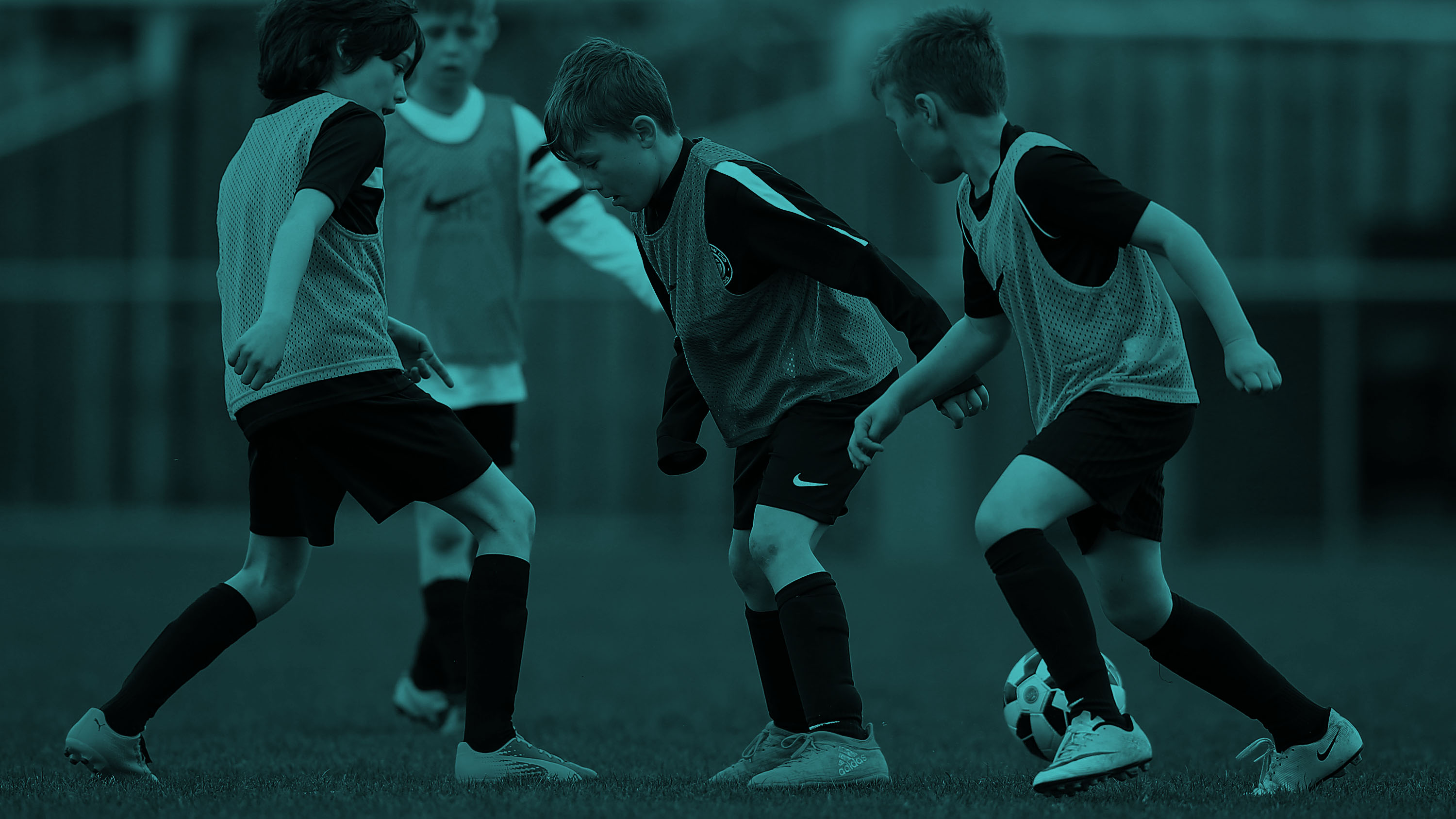SESSIONS

England DNA 5-11: all change
- The Boot Room
- 07 March 2019
This is a great warm-up game that supports your team’s social development in a range of ways.
It involves competition, a large group and gets your players sharing the ball – whilst practising their individual skills too.
Session plan
1. Set up a rectangular area (appropriate to your players’ age and stage of development).
2. Split your players into two teams: the ‘dribblers’ and the ‘passers’.
3. Ensure that the passers outnumber the dribblers. The ratio you adopt, e.g. 6v3 or 4v3, should depend on the ability of your team. To increase difficulty, reduce the number of passers.
4. Give the passers team one ball.
5. Give each dribbler a ball.

How to play
The passers must aim to complete as many passes as they can – and the dribblers must try to prevent this from happening. However, dribblers also have a challenge of their own. Whilst trying to disrupt the passers, they should continue to dribble their own ball. This means that they get to practise both pressuring the opposition and close ball-control.
Progression
This progression involves the use of a second rectangular area. If you want to try this game, why not set both areas up at the start of the session? This will ease the switch between practices and minimise ‘messing around’ time.
1. Set up two rectangular areas.
2. Split your players across both areas.
3. Within each area, create two teams: passers and dribblers.
4. Ensure that passers outnumber dribblers.
5. Give the passers team one ball.
6. Give each dribbler a ball.

For both teams, the aim is the same as the game above – make passes or disrupt them. However, there’s an added complication: on your signal, all players must run (with their ball, if they have one) into the opposite area. This activity involves a lot of individuals moving at once. So, if you have a young or inexperienced team, you may want to create more room between each area.
Still want more? Try switching just one or two players between areas or getting dribblers to become passers (and vice versa).
To learn more about Foundation Phase DNA, click here.





